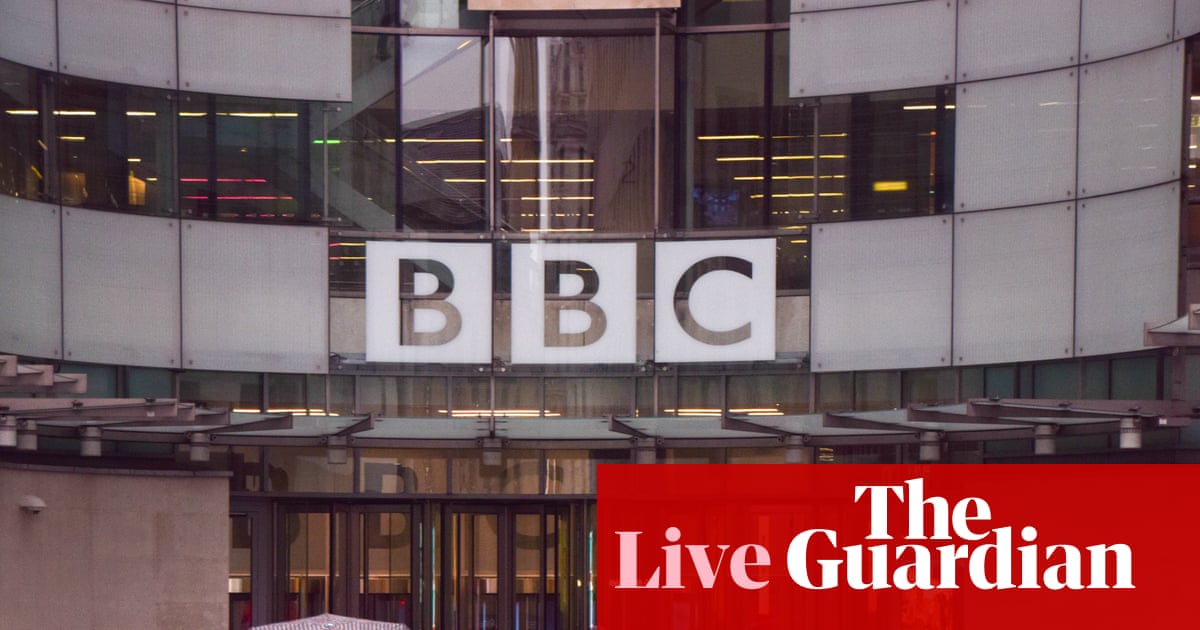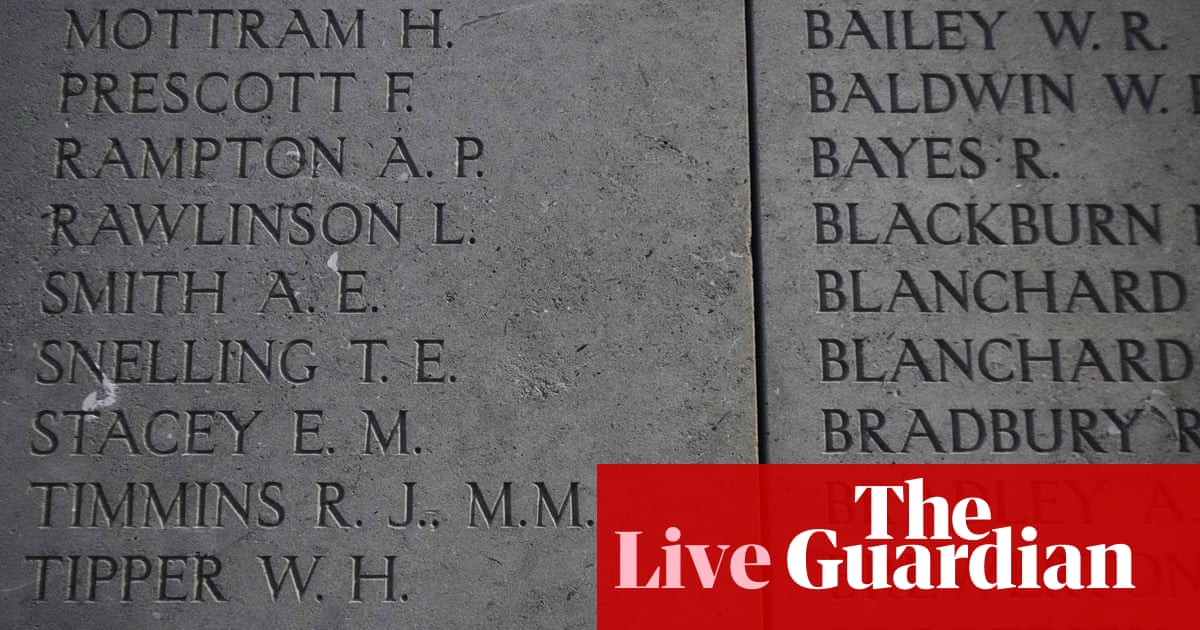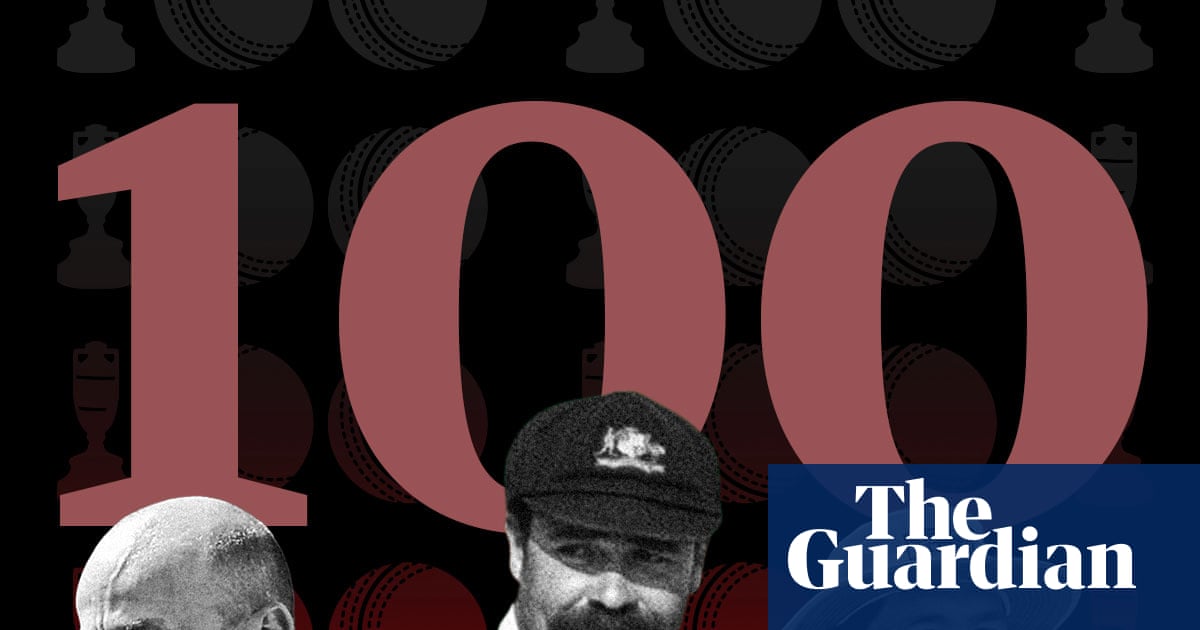The Department of Health and Social Sare (DHSC) was glowing in its description of the league tables by which all of England’s 205 NHS trusts are now being judged: a “landmark” moment, a “pioneering new system” and “a new era of transparency”.
Wes Streeting, the health secretary, said that “sunlight is the best disinfectant” in his zeal to expose, and drive out, poor care.
New? Well, new-ish. Tony Blair’s then Labour government brought in a very similar system – “star ratings” – as part of its NHS plan in 2000. Siva Anandaciva, the director of the policy at the King’s Fund, remembers those ratings as like those given to hotels and other services; consumer-friendly and easy-to-understand.
The aims of the “star regime” then were the same then as Streeting’s are for league tables now: to increase transparency about NHS care, make NHS managers more publicly accountable and reduce variation in the quality of care, including treatment waiting times, which patients receive.
The health secretary in 2000? Alan Milburn. The DHSC’s lead non-executive director, and Streeting’s chief adviser, today? Alan Milburn. League tables are yet another example of how similar the tactics are that both ministers used, or are using, to revive a stricken NHS.
“From the start, NHS league tables and star ratings were embroiled in controversy”, recalls Anandaciva. “No one could fault the desire for greater transparency. But the ratings were rightly criticised for being too simplistic in trying to boil down all the different things a hospital or ambulance service does into a single rating.”
That has been NHS England’s challenge recently in drawing up the league tables: to avoid them being crude catch-all measures of trusts’ performance across the board, given the range and complexity of the care trusts provide. Daniel Elkeles, the chief executive of hospitals lobby group NHS Providers, says that, carefully designed, they can drive healthy competition between trusts – what Streeting on Tuesday called “friendly rivalry” – and make trust bosses focus on what ministers say. But, he adds, “at their worst they can result in ‘naming and shaming’.”
That certainly happened, as judged by how media outlets covered the tables. “Four in five NHS hospital trusts are failing, according to the first league tables of their kind”, said the Daily Telegraph. “The best and worst-performing trusts in England have been named and shamed for the first time.”
But are four in five of the 134 acute trusts actually “failing”? They are if you apply the definitions attached to the four “segments” into which the 134 were put. Segment one trusts are deemed to be “high performing”, those in segment two as “above average”, segment three ones as “below average” and those in segment four as “low performing”.
Given there are 27 trusts (20%) in segments one and two, and 107 (80%) in three and four, then four-fifths are substandard. On the face of it that is a damning indictment of the NHS.
But are those 107 trusts really failing? Not necessarily. Those rankings have been heavily influenced by NHS England’s decision that no trust with a financial deficit could be in anything higher than segment three, even if its care was good. Thus dozens of trusts which got a good overall score, based on the 30 metrics used, but overspent their budget were put into segment three, even though they are good at what matters – caring for patients.
For example, London’s Chelsea and Westminster trust had an overall score of 1.68. (Under the system the closer to one, the better the trust). But if its finances were excluded, it would have been England’s eighth best performing trust, not the 28th. It would have been judged a success, not one of those “failing”.
In fact a total of 36 “below average” trusts are better at what they do, like prompt care in A&E and speedy access to operations, than many of the high performers above them in the league table. Yet, as a result of the methodology used, they are substandard, not successful.
So are the league tables as devised and published a helpful, accurate guide for patients to how good their local hospital is? Or are they an unhelpfully black-and-white way of conveying something unavoidably complex?
NHS experts have warned that the league tables could lead to patients shunning certain hospitals when deciding where to seek care, and staff doing the same when choosing where to work. If so, that risks locking already struggling trusts into a downward spiral.
There are also concerns that talented NHS bosses will shun “failing” trusts in case the mud sticks. And the ratings do not take account of which trusts have historic PFI debts or facilities that are literally falling down because they were built with unstable concrete, adds Elkeles.
“The ratings were eventually scrapped [in 2010] because they were considered too crude to either improve services or help patients make better choices over where they should be treated”, says Anandaciva.
Time will tell if these league tables have a longer life expectancy.

 2 months ago
69
2 months ago
69

















































